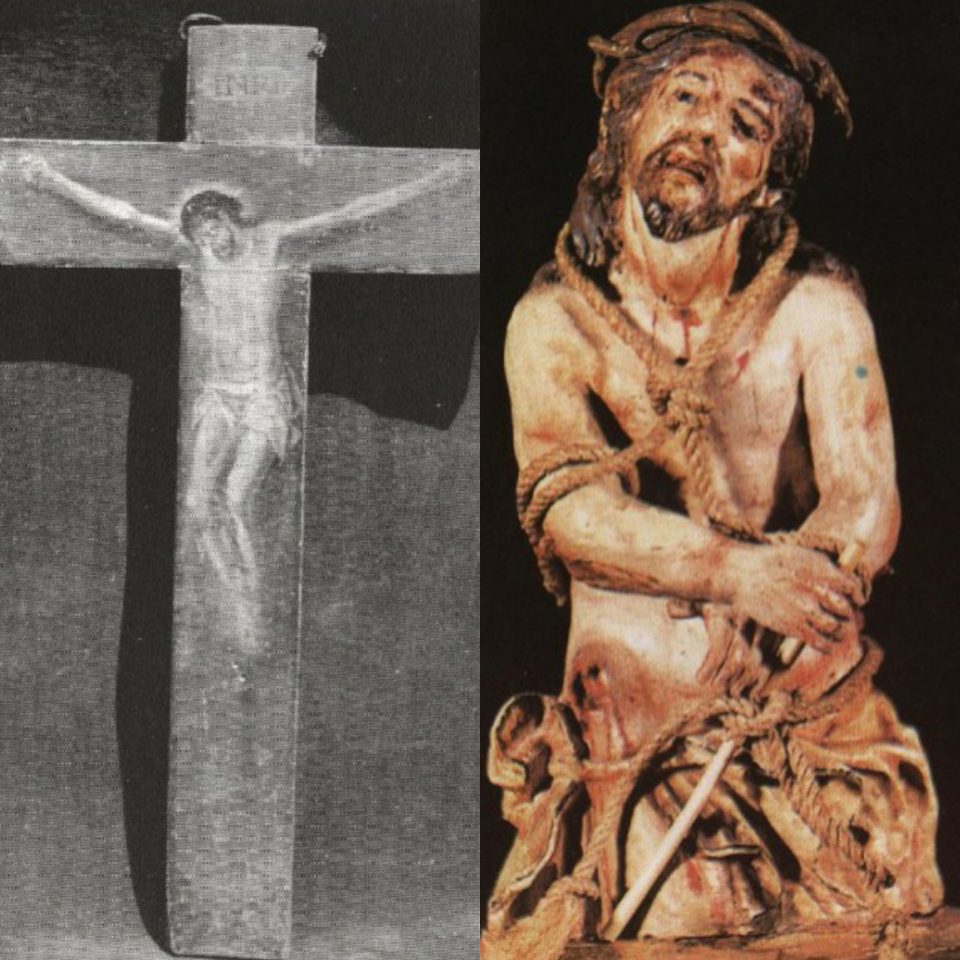The mystical story of the Crucifix of Saint Teresa of Avila

Teresa was a devotee as a child, but her fervor languished during her adolescence due to her fascination with the romantic literature of her day. After a serious illness, however, his devotion was rekindled thanks to the influence of a pious uncle. He became interested in religious life and entered the Carmelite Convent of the Incarnation in Avila in the year 1536.
Under a relaxed government, the nuns of this convent were granted many socialization privileges and other privileges contrary to the original rule. During the first 17 years of her religious life, Therese sought to enjoy both the pleasures of prayer and the pleasures of secular conversation. Eventually, one day in the year 1553, he had what one writer calls a "shocking experience." The Saint recounts her experience in chapter IX of her autobiography: It happened that, one day entering the oratory, I saw an image procured for a certain feast that was observed in the house and had been brought there to be kept for that purpose. badly injured; and it was so conducive to devotion that when I looked at him I was deeply moved to see him like this, so well one could imagine what he suffered for us. So great was my anguish when I thought how badly I had repaid him for those wounds that I felt as if my heart was breaking, and I threw myself next to Him, shedding rivers of tears and begging Him to give me strength once and for all so that I would not get up from that point until he granted me what I asked of him. And I'm sure this did me good, because from that moment on I began to improve (in prayer and in virtue).
The Saint rapidly progressed in virtue following this experience and soon began to enjoy visions and ecstasy. Finding the convent's relaxed atmosphere in opposition to the spirit of prayer for which he felt Our Lord had destined the Order, he began to reform his laxity in 1562 at the cost of countless persecutions and hardships. Her good friend and adviser, St. John of the Cross, helped her in this effort and extended the reform to the friars of the Order.
Under the strict interpretation of the rule, he reached the heights of mysticism, enjoyed countless visions and experienced various mystical favors. There does not seem to be any phenomenon peculiar to the mystical state that she has not experienced, yet she has remained a shrewd business woman, administrator, writer, spiritual advisor and founder. Never a woman in health, the Saint died of her many afflictions on 4 October 1582 in the convent of Alba de Tormes. Canonized in 1622, she, like the Order of Discalced Carmelites, was honored when Pope Paul VI officially added her name to the list of Doctors of the Church. She is the first woman to join this illustrious group.